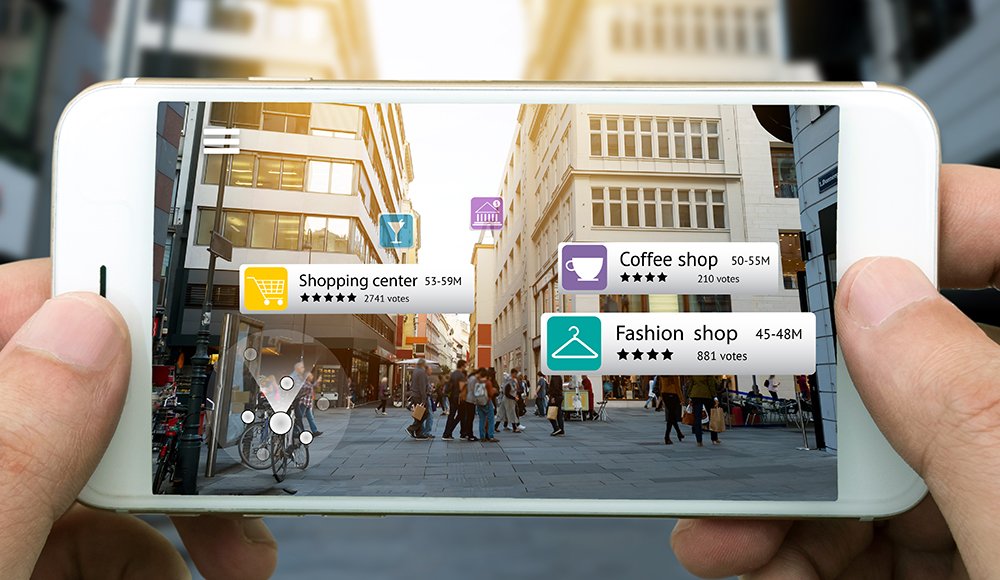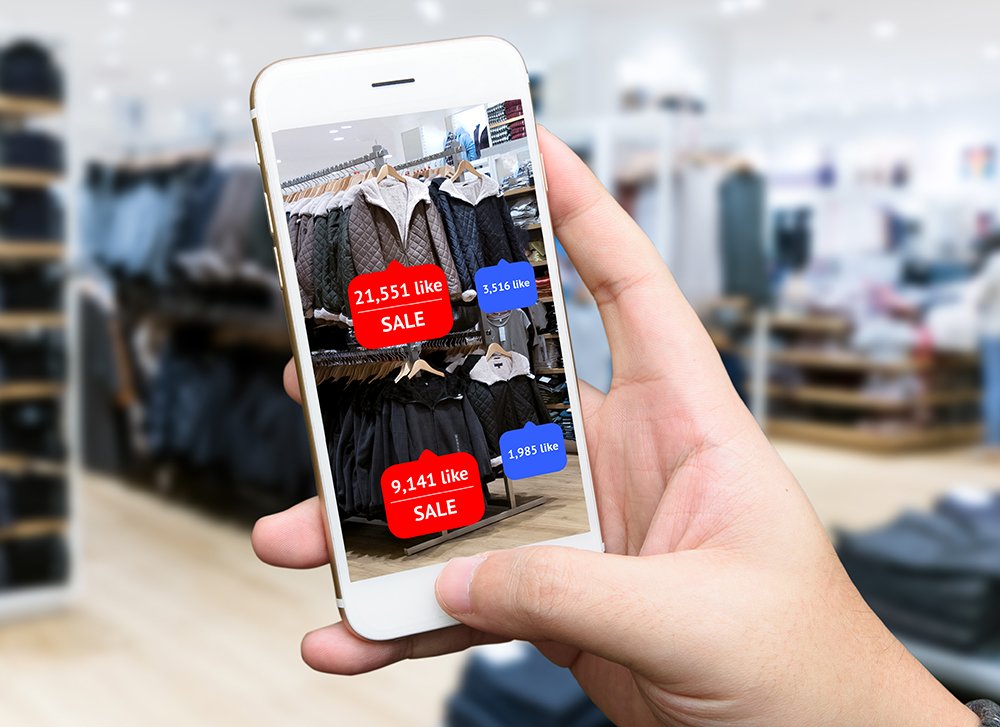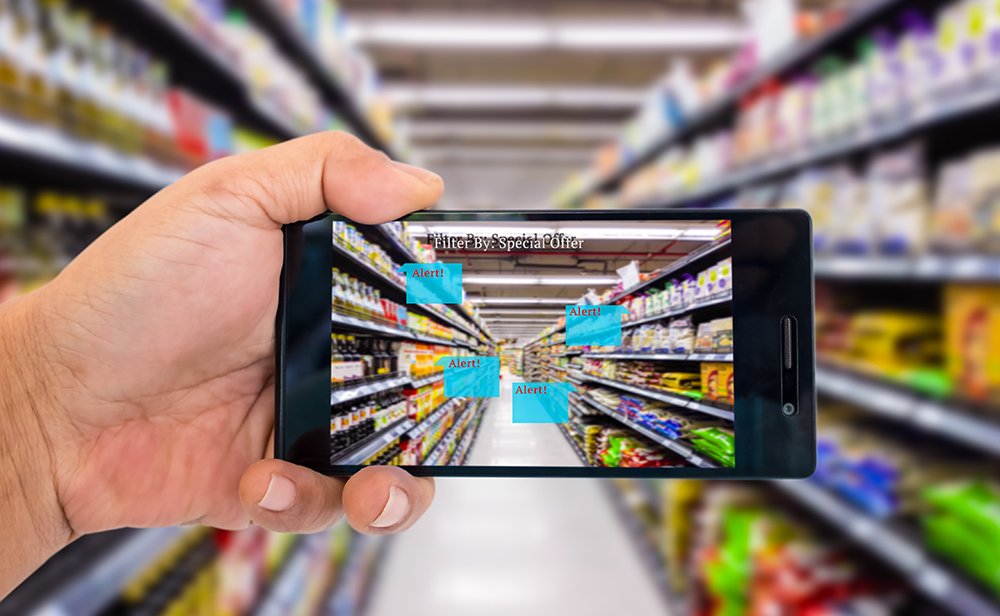If you own a smartphone, you’re probably at least tangentially aware of the explosive success of augmented reality game Pokémon Go. This new breed of mobile game took the world by storm in the summer of 2016, getting millions of people out of their homes to walk around and catch Pokémon in the real world, and it rapidly became one of the single most installed apps ever made.
The appeal was a mix of Pokémon itself, one of Nintendo’s most enduring and popular IPs, and something a little more unique: that blend of virtual gaming and real exploration that drew so many people to their local parks, beaches, and city streets to hunt for Pokémon. Marketers across the country took notice as would-be Pokémon masters combed the streets and flooded businesses that were Pokémon hot spots or situated nearby. The savvy business was able to generate significant real-world revenue by hopping onto the Pokémon Go bandwagon at the right time and with the right messaging.

So what does the incredible success of Pokémon Go mean for the future of marketing? Well, while the furor around that specific app has died down, the potential of augmented reality still remains. Augmented reality (AR) is the blending of virtual information overlays with the real world. AR can serve as a brand new avenue for digital marketing campaigns, one that customers will be much likelier to engage with given the interactivity and nascency of the medium. These factors help encourage exploration and reduce the fatigue customers experience with forms of advertising they’re more familiar with.
There are a number of ways brands can use AR in their marketing campaigns. For example, a makeup brand could create an AR app that lets users virtually test different products and put together different looks using their smartphone’s camera in real-time. A clothing brand could do something similar by virtually putting a user into various different outfits to allow customers to see what that brand’s clothing might look like on them without the hassle of actually trying items on.

Home goods brand IKEA was one of the earliest adopters of AR by providing customers with an app that would allow them to use their smartphone or tablet to superimpose their choice of furniture on their existing living spaces, letting them see what each piece would look like if it were in the room.
Allowing customers to see what a product might really look like and how it will work with their lives before a purchase will encourage sales and lower the rate of returns.
Another application could be pointing a phone camera at a QR code or other image and popping up a virtual overlay that offers the user information or discounts. Make a game out of it by encouraging customers to visit your store and take pictures in order to complete a digital scavenger hunt, or allow customers to scan QR codes associated with real-world products in front of them that will subsequently offer further information, such as usage or similar products, or discounts on their smartphone screens. Build online, virtual content on top of existing real-world assets, or start an entirely new initiative that aims to blend the real and the virtual from the very start.

One of the biggest benefits of using AR apps for your business is the ability to control data collection. As users engage with your app and use it to try out products, learn information, and make purchases, you’ll have a complete view of their journey through your app from start to finish, allowing you to collect data on what products caught their interest, how long it took them to convert, and any other metrics you might find important all in one controlled, contained environment. Subsequently tailoring product suggestions to each user’s needs will raise engagement even more and encourage brand loyalty, boosting both revenue and customer lifetime value.
The power of augmented reality is in its ability to build an interactive experience. AR is the integration of the real and the virtual, instead of presenting a totally virtual reality like VR does or simply staying stuck in the real world where traditional and digital marketing resides. Smart businesses should get in on the ground floor while the technology is still new and growing in appeal.






Responses